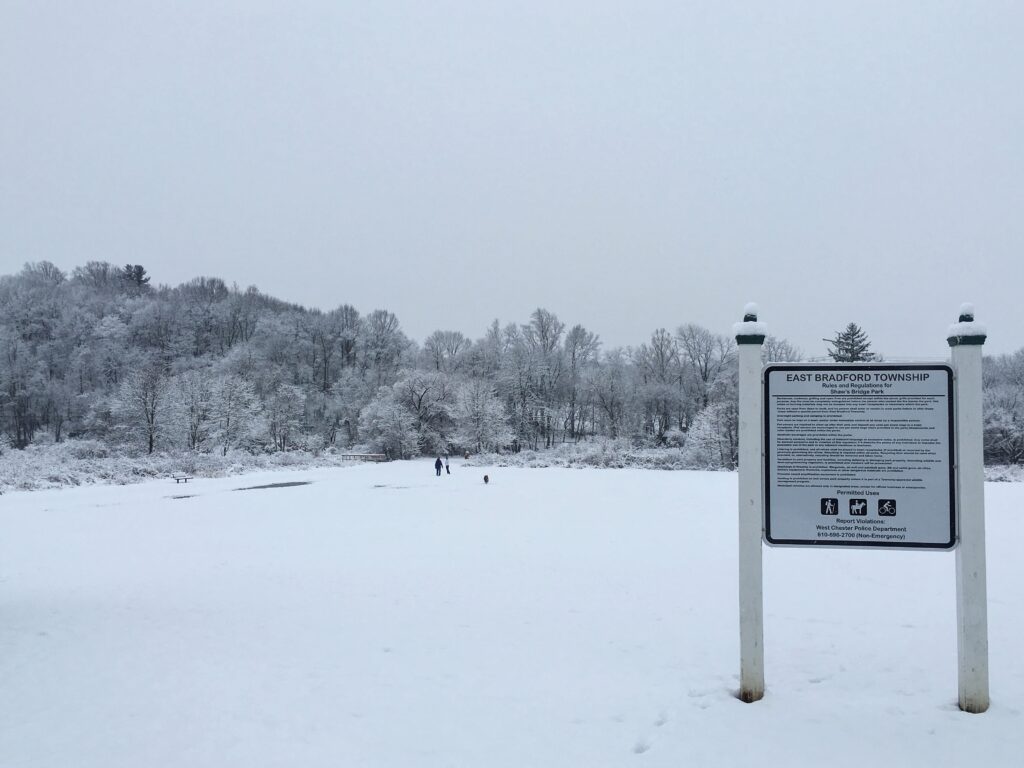If you have ever visited a garden center, you may have seen the popular Venus flytrap plant for sale. The plant is relatively easy to propagate and inexpensive to grow.
However, this cool and carnivorous plant is actually very rare in the wild.
So rare that the North Carolina Protected Plant Species List has designated it as “threatened” in the wild. In fact, the native Venus flytrap (Dionaea muscipula) can be found only in a 75-square mile area in North Carolina and South Carolina, according to the Native Plant Society of the United States.

That is why Steve Carter and Will Gandy were excited to discover the rare plant at a NALT conservation area in North Carolina. Carter and Gandy recently conducted stewardship visits to several NALT conservation areas along the coast in Brunswick County.
“We were fortunate to discover a cornucopia of rare and carnivorous plants at the conservation site, including the Venus flytrap,” said Carter, who is NALT’s president. “It is an amazing plant.”
The Venus flytrap also is the host plant of a rare insect called the Venus Flytrap Cutworm moth (Hemipachnobia subporphyrea). The North Carolina Natural Heritage Program designated the moth as “significantly rare” in its 2018 report on rare plants and animals.
Gandy and Carter found other carnivorous plants on the conservation areas, including the Spoonleaf Sundew plant (Drosera intermedia) and purple pitcher plants (Sarracenia purpurea.)

These plants look like they are right out of a science fiction movie.
“The digestive enzymes render the insect into absorbable nutritional fluid for the plants,” said Gandy, a biogeographer at NALT. “In the pitcher plants, the digestive enzymes are found in the water filled pitchers. The appressed hairs afford no escape for lured insects attempting to get out of the pitcher itself.”

While visiting the area, Carter and Gandy were invited to give a presentation on the biodiversity of NALT’s conservation areas at an environmental fair held by the St. James Conservancy on the North Carolina Coast. They discussed the role of land trusts in ensuring the protection of wildlife habitat, open spaces, and scenic and historic properties.
###


